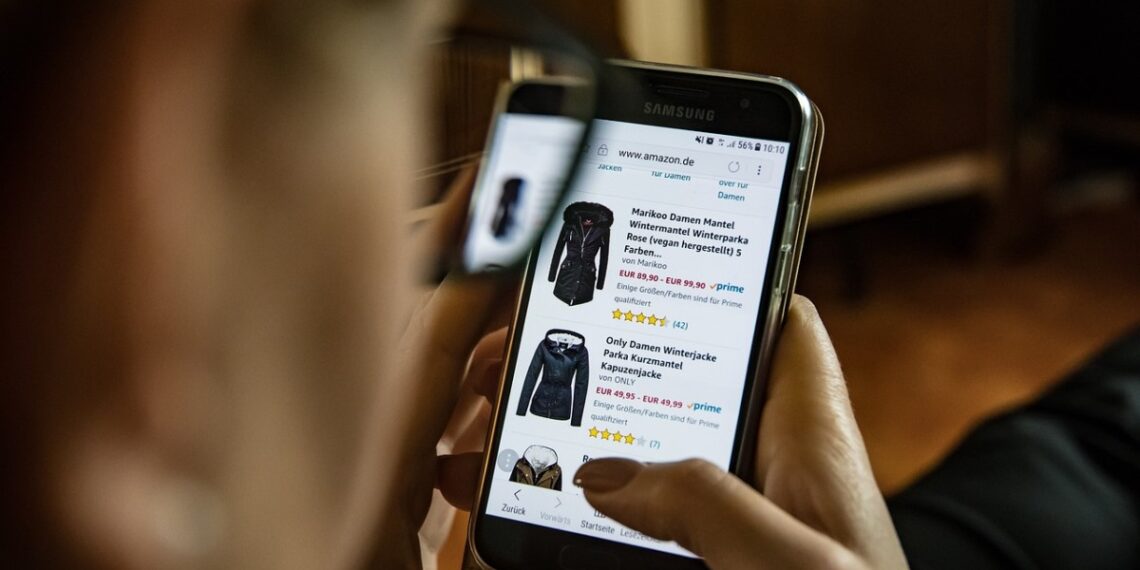Between 2019 and July 2023, banking customers lost N50.5 billion to banking-related fraud, a situation that soared as a result of the cash crunch in the country following the naira redesign and cash withdrawal limit policies of the Central Bank of Nigeria.
With over N9 billion lost to fraud in the banking system as of July 2023, there are indications that the figure could have risen to over N20 billion by year end as cybercriminals intensified their effort to defraud customers of Fintech, Commercial banks and Online shoppers.
However, there are various types of baits used by fraudulent people in the recent times to catch in on innocent, but unsuspecting people.
The following lists show a handful of them.
1. Phishing
Phishing may be one of the older tricks in the book, but it is still a favourite standby for cybercriminals as phishing tactics become more sophisticated.
According to Bleeping Computer, scammers tend to target holiday shoppers with emails advertising big-ticket or hard-to-find items to entice them to click on a malicious link.
For example, cybercriminals could send a phishing email promising a sweet deal often referred to as the discount scam on the latest gaming system.
Jumping at the opportunity to score such a great gift for a low price, an unsuspecting shopper might click on the link and swiftly hand over their credit card details. But instead of receiving the gaming system, they receive alerts of suspicious purchases from their bank purchases that cybercriminals made with their credit card information.
2. Fake Websites
During the holidays, many brands increase their online advertising to boost sales. It will likely take advantage of this trend by creating fake websites and ads impersonating companies that consumers know and love.
For example, cybercriminals can create fake websites and ads promoting unrealistic discounts and bargains that look remarkably similar to an online retailer’s site. If a customer clicks on the fake website and makes a “purchase” by inputting their credit card information, the scammers will then be able to use this data to make fraudulent purchases elsewhere.
3. Fraudulent Social Media Posts
Many consumers rely on social media to stay upto-date on the latest deals, and scammers are eagerly looking for ways to take advantage.
To target shoppers via Instagram, Facebook, TikTok, etc., criminals use fake social media posts offering vouchers, gift cards, freebies, and contests in the hopes that the user will click on the post and hand over their personal or financial information.
Perhaps a user comes across a fake contest for a $1,000 Amazon gift card on Instagram all they have to do is enter their login credentials to enter.
Little would they know that this contest has been formulated by scammers and submitting their login for entry is just handing over their data for cyber-scrooges to exploit. Criminals can also take advantage of shoppable social media posts to target holiday shoppers with advertisements for non-existent or counterfeit items.
Today, 130 million Instagram users tap on shoppable posts to learn more about products every month.
It’s likely that these users will also rely on shoppable posts to interact with products they’re interested in purchasing for holiday gifts.
Cybercriminals can entice these users by creating fraudulent social media ads for products they don’t actually have.
If an unsuspecting shopper purchases through the fake ad, their financial information will not only find its way into the hands of the scammer, but they also won’t receive what they initially paid for.
4. Travel Phishing and Charity Scams
According to the Wall Street Journal, travel and charity scams also tend to spike around the holidays.
Travel scams could show up in the form of an email stating that a booking has been canceled, sending you to a fake website where you’re asked to enter your credit card number to set up a new reservation.
You could also receive an email directing you to a clone site offering deals on a house rental, flight, or hotel room that seems too good to be true — as long as you hold your reservation with a deposit.
Cybercriminals, also know that consumers tend to make charitable donations around the holidays, and many are quick to take advantage.
A charity scam might target victims via social media feeds, asking people to donate to a fake organization.
Consumers should always do their research on a charity before they donate to prevent money from ending up in a scammer’s pocket.
Cybercrime encompasses a wide range of criminal activities that are carried out using digital devices and/or networks.
These crimes involve the use of technology to commit fraud, identity theft, data breaches, computer viruses, scams, and expanded upon in other malicious acts.
Cybercriminals exploit vulnerabilities in computer systems and networks to gain unauthorized access, steal sensitive information, disrupt services, and cause financial or reputational harm to individuals, organizations, and governments.
In 2000, the tenth United Nations Congress on the Prevention of Crime and the Treatment of Offenders placed cybercrimes into five categories: unauthorized access, damage to computer data or programs, sabotage to hinder the functioning of a computer system or network, unauthorized interception of data within a system or network, and computer espionage.
[Featured Image Credit]






